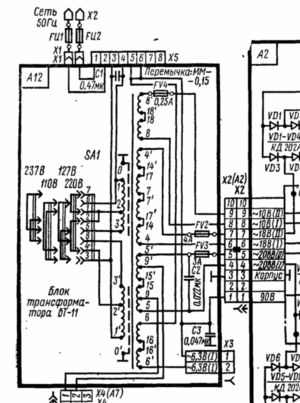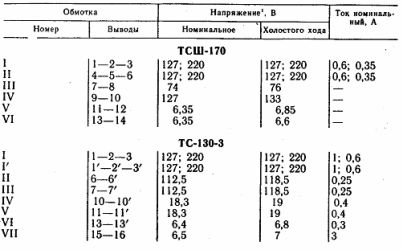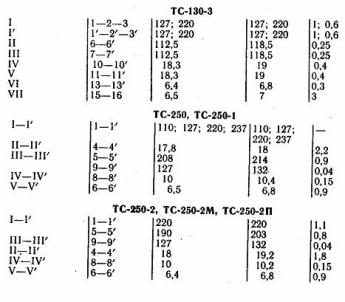Categories: Practical Electronics, Electrician Secrets
Number of views: 77335
Comments on the article: 15
How to make a safety transformer
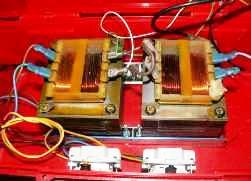 A story about what a safety transformer is, why it is needed and how it can be manufactured independently.
A story about what a safety transformer is, why it is needed and how it can be manufactured independently.
Many electrical, and more often electronic designs have transformerless power supplies. The power of such power supplies is usually small, but quite sufficient to power devices such as thyristor power controllers, twilight switches, devices for delayed inclusion of incandescent lamps, time relay and many others.
Once assembled, such devices are placed in an insulating plastic case, which excludes human contact with live parts. For the most part, the description of the electrical circuits of such devices ends with an optimistic phrase: “A device assembled from serviceable parts does not need to be adjusted.” Of course, if the circuit is assembled without errors!
But, quite often, instead of the phrase just mentioned, recommendations are given for setting up and adjusting the circuit, and after them it is written in capital letters: “Attention! The design has galvanic connection with the electric network. Be careful when setting up. "
An isolation transformer, or as it is sometimes called, will be invaluable in setting up such devices. safety transformer. Such a transformer will not be out of place during the repair of such industrial manufacturing schemes.
The design of such a transformer is extremely simple, it consists of only two identical windings, designed for mains voltage. The power of such a transformer is small, of the order of 60 ... 100 W, which is quite enough to establish the mentioned structures. But winding such a transformer is not necessary. In old stocks, you can always find transformers from old TVs, because real electricians Thrifty people and do not throw away the necessary things in vain.
The most suitable for the manufacture of an isolation transformer should be considered transformers from TVs of the UPIMTsT - 61 model.
A fragment of the power supply unit of such a TV with a TS-250 transformer is shown in Figure 1. It can be seen from the figure that a voltage of 208 V can be obtained from the winding 5 - 5 ’without any alterations.
If the winding 8 - 8 ’is turned on in series with it, then together with its voltage of 10 V, we get 218 V as a result, which is almost equal to the rated mains voltage.
Of course, the windings should be connected in-phase, which is easy to check with a voltmeter: if, after connecting the windings, the total voltage became, as expected, 218 V, then everything is in order.
If after connecting the windings the voltage dropped to 198 V, then the ends of one of the windings, any, should be interchanged. Measurements should be made at rated voltage.
Picture 1. TV power supply with transformer TS-250
In addition to the TS-250 transformer, other transformers can be used. The output voltages of some of them, as well as the pin numbers, are shown in Figures 2 and 3.
In the case when such transformers cannot be found, then an even simpler method of manufacturing an isolation transformer can be applied: you just need to connect two network transformers with secondary windings.
The only condition is that both transformers have the secondary windings at the same voltage. In this case, transformers can be of different capacities, the main thing is that a transformer of less power should be output. The transformer connection is shown in Figure 4.
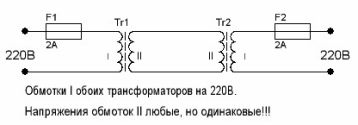
Figure 4. Security Transformer
And the last thing that needs to be provided for in the design of the isolation transformer is the presence of fuses in both windings, because even if everything is assembled without errors and in good order, we must not forget about the “human factor” - you can close anything with your screwdriver anytime and anytime.
Using an isolation transformer negates the risk of line voltage damage. But even in this case, there is no need to brave much electrical safety rules still comply!
Boris Aladyshkin
See also at e.imadeself.com
:

